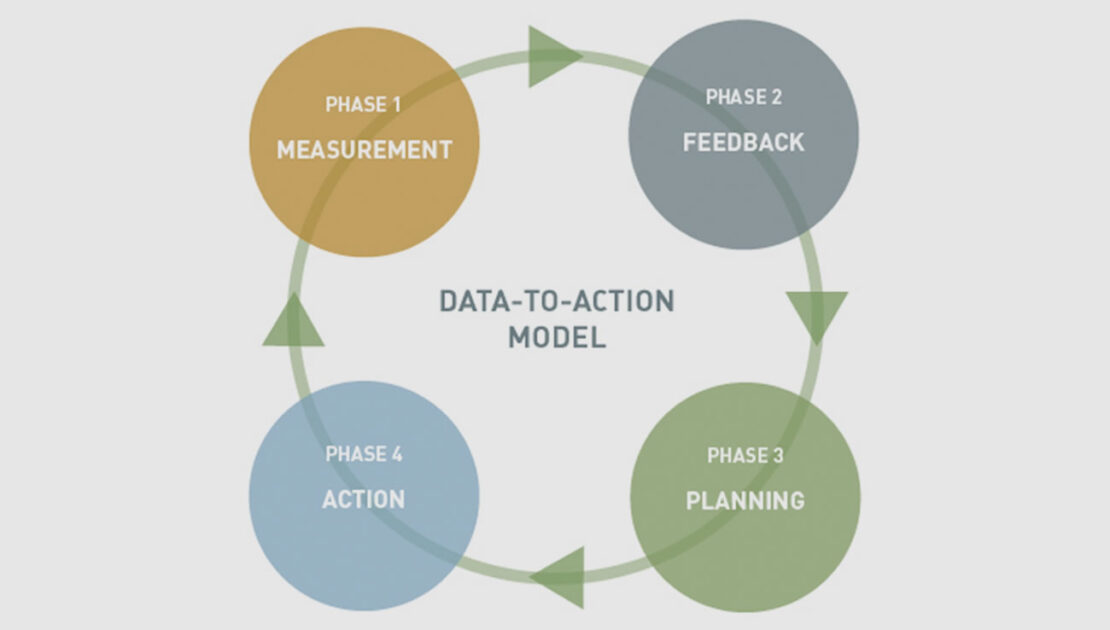Change is not a new concept for leaders or their constituents. Leaders understand by now that organizations cannot be just endlessly “managed,” replicating yesterday’s practices to achieve success. Business conditions change and yesterday’s assumptions and practices no longer work. There must be innovation, and innovation means change. Yet the thousands of books, seminars, and consulting engagements purporting to help “manage change” often fall short. These tools tend to neglect the dynamics of personal and organizational transition that can determine the outcome of any change effort. As a result, they fail to address the leader’s need to coach others through the transition process. And they fail to acknowledge the fact that leaders themselves usually need coaching before they can effectively coach others.
The Managing Transitions Model
-
October 15, 2021
- Posted by: Abner Rodas
No Comments

Analyzing and Evaluating, Change Management
THE MANAGING TRANSITIONS MODEL
A STRATEGY ASSOCIATES/HARRINGTON INSTITUTE LEANBRIEF
Adapted by Frank Voehl from an article by William Bridges and Susan Mitchell Bridges
THE MANAGING TRANSITIONS MODEL
The model described in this LeanBrief was adapted by Frank Voehl from a Spring 2000 article by William Bridges and Susan Mitchell Bridges, and was used in conjunction with the ASQ Connected Community Change Model during 2000-2001. It was revised by the Orlando Community ASQ Good Works initiative during a 3-year period from 2004 through 2008.
This current version of the model is a combination of the Bridges model and the Kotter seven-stage process for managing change or transitions. It is companion to the Change Management Toolkit, PowerPoint v11 (April 2013).
